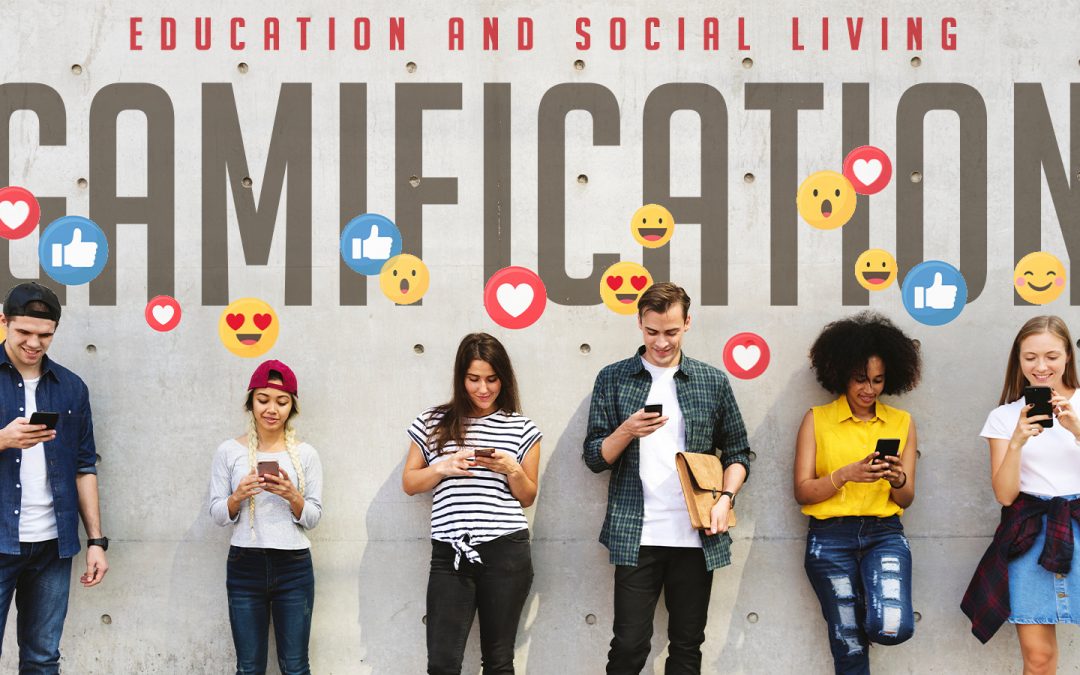Every so often, a revolutionary innovation comes about and changes the way in which our society interacts. In this category can be clubbed together the greatest inventions the world has seen—from the printing press to social networking. Yet another idea that holds the potential to bring about a grand change in the way we live and grow is gamification.
Understanding Gamification
Gamification can be briefly defined as the application of game-design elements in non-gaming contexts. The purpose of gamification is to engage the user more with whatever he is doing and thus increase interest and make the task or the learning process more enjoyable. It is based on a principle which supposes that the outcome is always better when the doer finds pleasure in performing an act. This concept can be applied to education as well as other social interactions to enhance learning and other tasks.
Gamification in Education
Gamification in education can be understood as an approach to carry forth the learning process by the means of video game designs and the use of game elements in educational endeavors. As already explained, the motivation behind this approach is to generate more enjoyment and engagement by capturing the interest of the learners.
Why Gamify Education?
It has been found by researchers and teachers all around the world that the more a student engages, the better he learns. Studies on gamification reveal that the uses of gamification increase the engagement of the students with what they are learning.
- Gamification encourages healthy competition between students.
- It discourages rote and thus makes students more creative.
- It reduces learning stress.
- It makes feedback more constructive and positive.
- According to some studies, gamification inevitably increases the speed of the learning process.
These are only a few of the many reasons why gamification should be incorporated in the learning process.
Ways to Gamify
Now that the benefits of gamification are clear, let us take a look at some ways in which gamification can be implemented in the learning process.
- A professor at Indiana University did away with the grading system and introduced an ‘experience point‘ system. In other words, the students were given points based on what they accomplished overall rather than the marks they earned in the examination. Gamification of examinations and an innovative system to replace the conventional grading system can not only make the learning process stress free for students but can also give them a greater sense of achievement and satisfaction once it is over.
- Instead of conventional lectures and classroom sessions, the use of interactive videos and video games as alternative sources of learning can greatly enhance the performance of students.
- A platform like Top Hat allows the introduction of tournaments in the process of learning and makes it fairly and positively competitive which can also encourage the students to work hard and achieve better results.
These are only some ways in which gamification could be added to our educational setups. Many more innovative additions could further explore the full potential of gamification in education.
Gamification in Social Living
Other than education, gamification has a lot of use cases in social living as well. This can be explored in a better way by looking at the examples of how gamification has been incorporated into social living.
Fitness: Exercising is important, but it is really hard to stay motivated. Most of the people do begin a workout schedule but give up on it a few days later. Gamification is changing that by keeping people motivated to exercise. A wonderful example is that of Fitbit which gives users rewards and incentives to motivate them to be physically active.
Marketing: Gamification has also been widely used by companies and corporations to retain customers by offering incentives and rewards. This was done most notably by Starbucks who offered the customers badges for checking in several times.
Donation Drives: Gamification is also being used to motivate people to participate in donation drives. Games for donation platforms like FoldIt and CrowdRise are encouraging players and raising money for many charity purposes around the globe.
Parting Words
Gamification has been criticized for many reasons and yet its potential to transform learning and social living cannot be negated. Furthermore, it still has a lot of potential for development which can only be realized if more innovative ideas are invested in it. It is clear from the interest and growth in its adoption that it is certainly going to be the future of learning and a number of other day to day social interactions.

